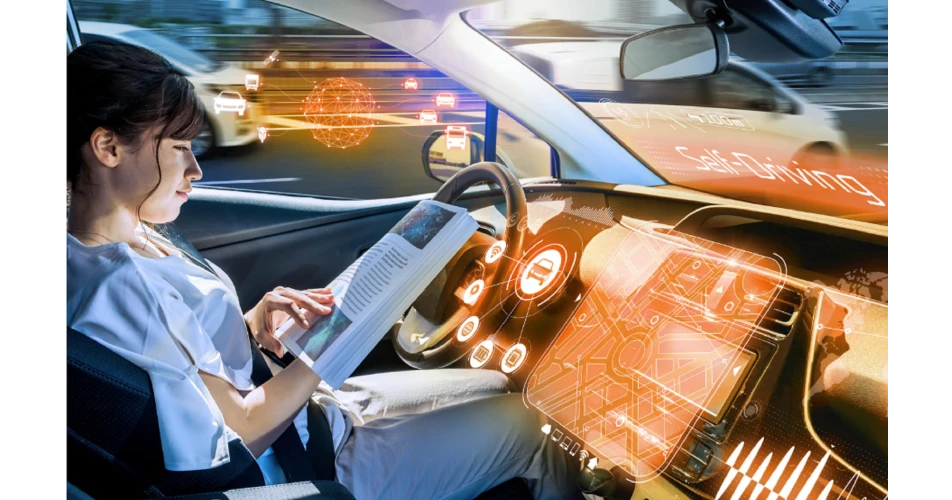Autonomous vehicles are designed to minimise the risk of accidents on the road, but as the technology is implemented in stages could it actually contribute to a period of reduced road safety. This is a major concern of Insurance research body Thatcham Research and the Association of British Insurers (ABI) which have together published 12 key requirements to minimise bumps on the road towards fully automated driving.
The document has been put together to provide guidelines for car manufacturers, regulators and governments on the responsible implementation of automated driving systems, minimising the risks involved.
The transition from assisted to automated driving, where sensors and systems play an increasing role in how driving is undertaken is an area of potential risk that Thatcham Research has highlighted previously. It is in this transition period, where functionality is limited and the driver is required to take back control in certain situations, that the risk of accidents may increase.
The key issues raised in the report concern factors such as; locations of automated operation, the hand over and hand back to automated systems, monitoring the user, for example to ensure they don’t fall asleep, cyber security, collision protection, allowing drivers to undertake secondary tasks and the need to upgrade and repair systems.
The report authors say that drivers could be sharing stretches of motorway with cars operating in automated modes by 2021 with full automation possible by 2025. Matthew Avery, director of insurance research at Thatcham Research, commented, “Governments and car makers are keen to promote automated driving systems for long-term societal benefit. Decreases in road fatalities have plateaued over the past decade, and automated driving is rightly seen as a sea change for road safety. However, new and emerging technologies with inexperienced users, in an increasingly complex highways environment, requires heightened levels of vigilance from regulators, vehicle manufacturers and users.”
Mathew added, “The vehicle needs to play a guardian angel role. This is important because if the systems can’t handle a scenario, it can bring the driver back into the loop. If the driver does not respond, the system should be able to assess the road ahead and road conditions, just as a person would, and decide on the safest action to keep the car’s occupants and those around them safe.”
The report entitled Defining Safe Automation can be downloaded at www.thatcham.org
